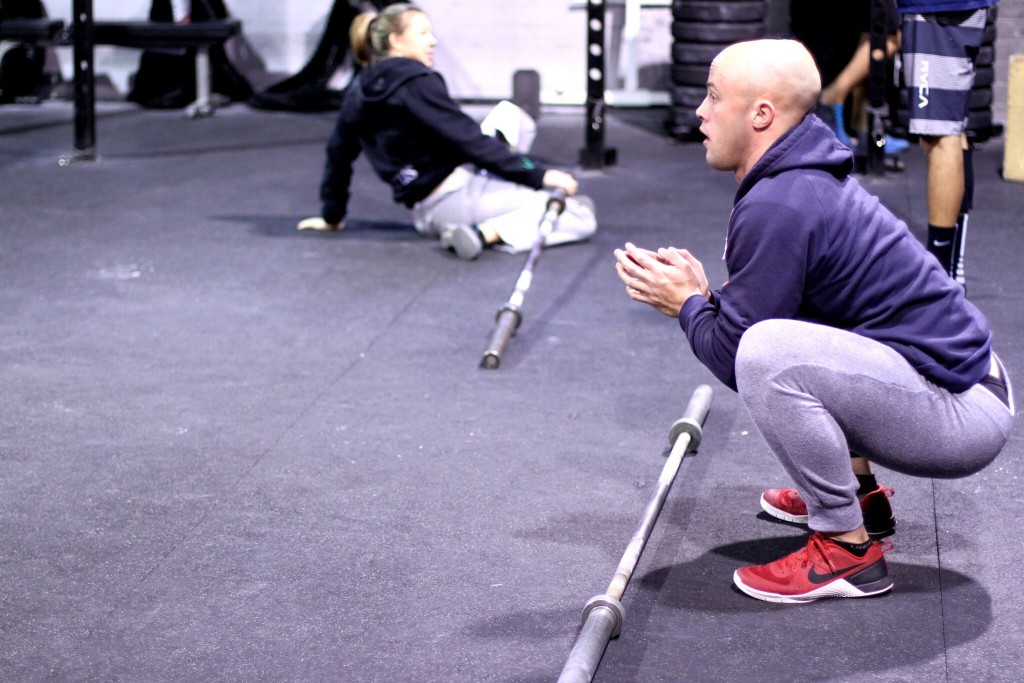
Reach ALL Your Clients
Written by Melissa Hurley
For me, as a coach, the best reward is when a member has a “light bulb” moment, where it all just clicks. Sometimes it takes repetition, sometimes it takes a drill or drawing, other times seeing themselves or feeling it. Change needs the right form of instruction. Do you know all your clients learning styles? Do you know how to reach each individual member in your sessions?
According to Mind Tools (2002), most individuals’ preferred learning style is the visual learning style (65%), followed by auditory (30%) and kinesthetic (5%). Learning styles are the unique way in which each individual begins to concentrate on, process and retain new and difficult information (Dunn, 1984).
The Visual Learner learns best receiving information through their eyes. The visual learner thinks spatially in terms of shapes, patterns, symbols, concept maps and word pictures (Dunn, 2009).
An athlete who is an Auditory Learner is focused on sounds and rhythms to learn movement patterns along with verbal description of the movement (Coker, 1996).
Kinesthetic Learners learn by doing. Information is learned when the athletes are provided an opportunity to move.
As a coach we should constantly be searching for methods to improve our clients performance and experience. One method that is often overlooked is the way in which athletes learn and process new information. The more tools in our toolbox the better. Having knowledge of your own learning preferences and the different learning preferences of your clients is crucial for the athlete/coach relationship. Knowing your own learning style is important because we tend to gravitate to our own style when coaching.
Failure to individualize the teaching/coaching strategy through which instructions and feedback are presented denies clients the necessary opportunities to learn in ways that align with how they learn most effectively (Jones 2010). As we, as coaches, become better able to adapt our style of teaching and coaching to support the learning style needs of our clients, we will create powerful opportunities that not only enhance the learning experience, but also accelerate it. One teaching style does not fit all!
Get started today by observing your clients/athletes focus and know their tendencies. For example, pay attention to your clients speech. A comment from an athlete to a coach to “show me” would indicate a preference for visual style of learning. Another example might be an athlete’s comment; “It does not feel right” suggests a kinesthetic style. Listen closely to the descriptive words used by your clients. For example, “I see”, would suggest a visual learner. Help your clients by learning their learning style.
References
Brunner, R. & Hill, D. (1992). Using learning styles in coaching. Journal of Health, Physical Education, Recreation and Coaching, 63(4), 26-28, 61.
Coker, C. A. (1995). Learning style and consistency across cognitive and motor settings. Perceptual Motor Skills, 81, 1023-1026.
Coker, C. A. (1996). Accommodating Students’ learning styles in physical education. Journal of Health, Physical Education, Recreation and Dance, 67(9), 66-68.
Dunn, R., Beaudry, J. S., & Klavis, A. (1989). Survey of research on learning style. Educational Leadership, 46(6), 50-58.
Mind Tools (2002). How your learning style affects your use of mnemonics. http://www.mindtools.com/mnemlsty.html
When I first started coaching, I was in the gym every day and loved my job. But after some time had passed, I didn’t know how to get things done on my own anymore and I would prefer to click to find out more about my life. My workouts were still great but they weren’t getting better. I was losing fitness because of inconsistent training and too many distractions in my life.
Great post understanding the learning styles that can help with coaching!